Penn-Plax Triple Betta Bow Deluxe Fish Tank Kit, 0.7 gal.
The Penn-Plax Triple Betta Bow Deluxe Fish Tank Kit offers a safe and convenient way to house up to 3 betta in a single aquarium! The 0.7-gallon tank in the deluxe fish tank kit features 2 removable, double-sided dividers with built-in slits for even water flow. You can remove one or both dividers in the fish tank kit, giving you freedom of choice of how many fish you’d like to keep!
The Penn-Plax Triple Betta Bow Deluxe Fish Tank Kit offers a safe and convenient way to house up to 3 betta in a single aquarium! The 0.7-gallon tank in the deluxe fish tank kit features 2 removable, double-sided dividers with built-in slits for even water flow. You can remove one or both dividers in the fish tank kit, giving you freedom of choice of how many fish you’d like to keep!
- Double-sided dividers are both opaque and see-though
- Under-gravel filter utilizes an activated carbon cartridge that can be mounted to either side
- Just by the flick of a switch, you can turn your tank from night to day with built-in LED display lights
- Overall measurements are 11.5 W x 4 D x 6.75 H; each side chamber measures 3.5/3 W x 3.5/2.75 D x 5 H; middle chamber measures 3.75 W x 3.75 D x 5 H; since the tank is designed as a bow front, the side chambers taper in; provided measurements include the tapering at the sides
- If you wish to keep your fish from seeing one another, keep both sides of each wall down
- If you wish to see some vibrant displays and flares from your bettas, lift and remove the colored side of each partition
- Each tank consists of 3 plastic plants that plug into pins at the bottom of the filter grid
- Water release cap on the very bottom of the tank makes water changes that much easier
- Display contains 3 white and 3 blue bulbs that are powered by 4 AAA batteries (not included)
- Switch from 3 settings; Off, White or Blue
- Please note; batteries are not included with the fish tank kit
- Safe and convenient way to house up to 3 betta in a single aquarium
- Fish tank kit comes with a 0.7 gal. tank
- Removable, double-sided dividers with built-in slits for even water flow
Additional information
| Primary Color | Blue |
|---|---|
| Product Height | 3.75 in. |
| Product Length | 4 in. |
| Product Weight | 1.25 lb. |
| Product Width | 11.5 in. |
| Shape | Curved |
| Tank Capacity | 0.7 gal. |
| Tank Material | Plastic |
| Water Type | Freshwater/saltwater |
| Size | S |
| Aquarium Size Range | Up to 5 gal |
| PartNumber | 188008199 |
| Manufacturer Part Number | BBT4 |


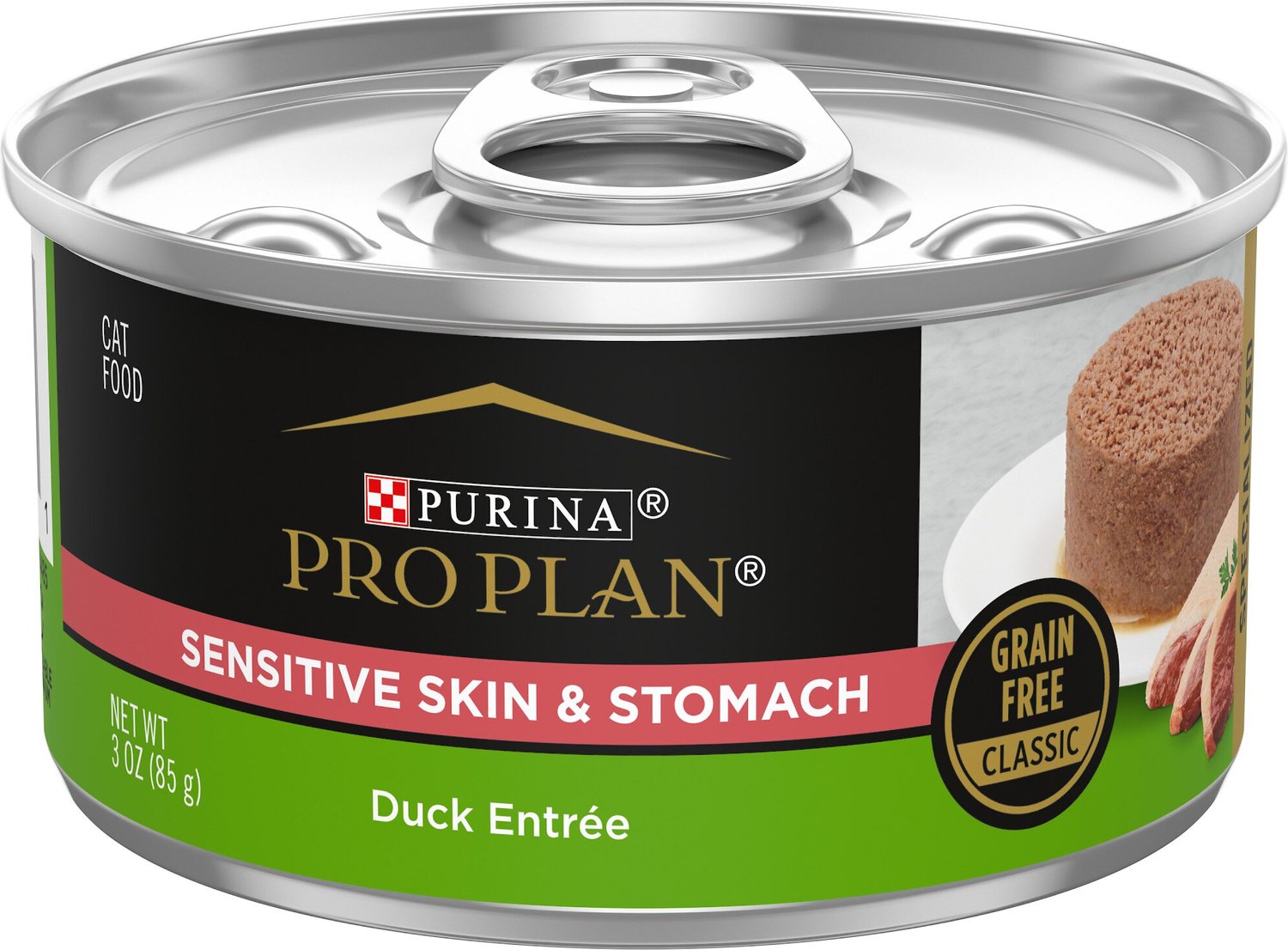

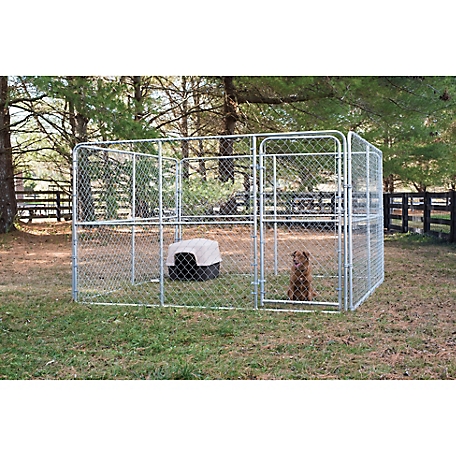
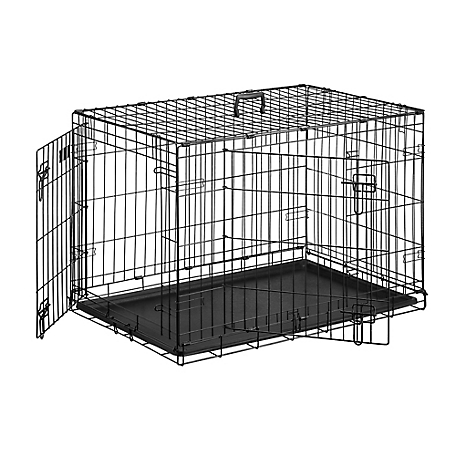
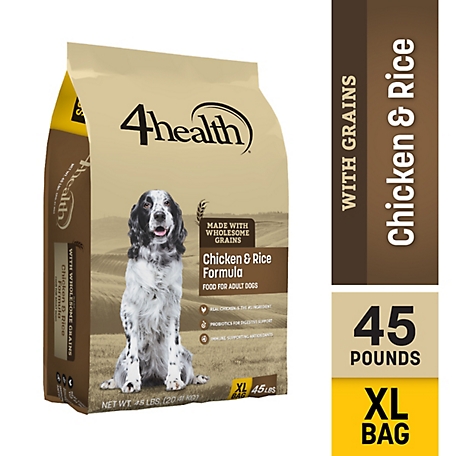
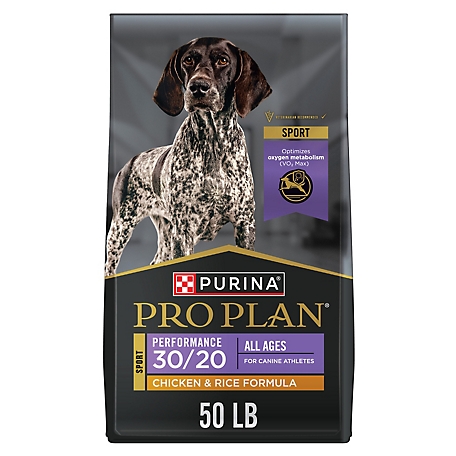
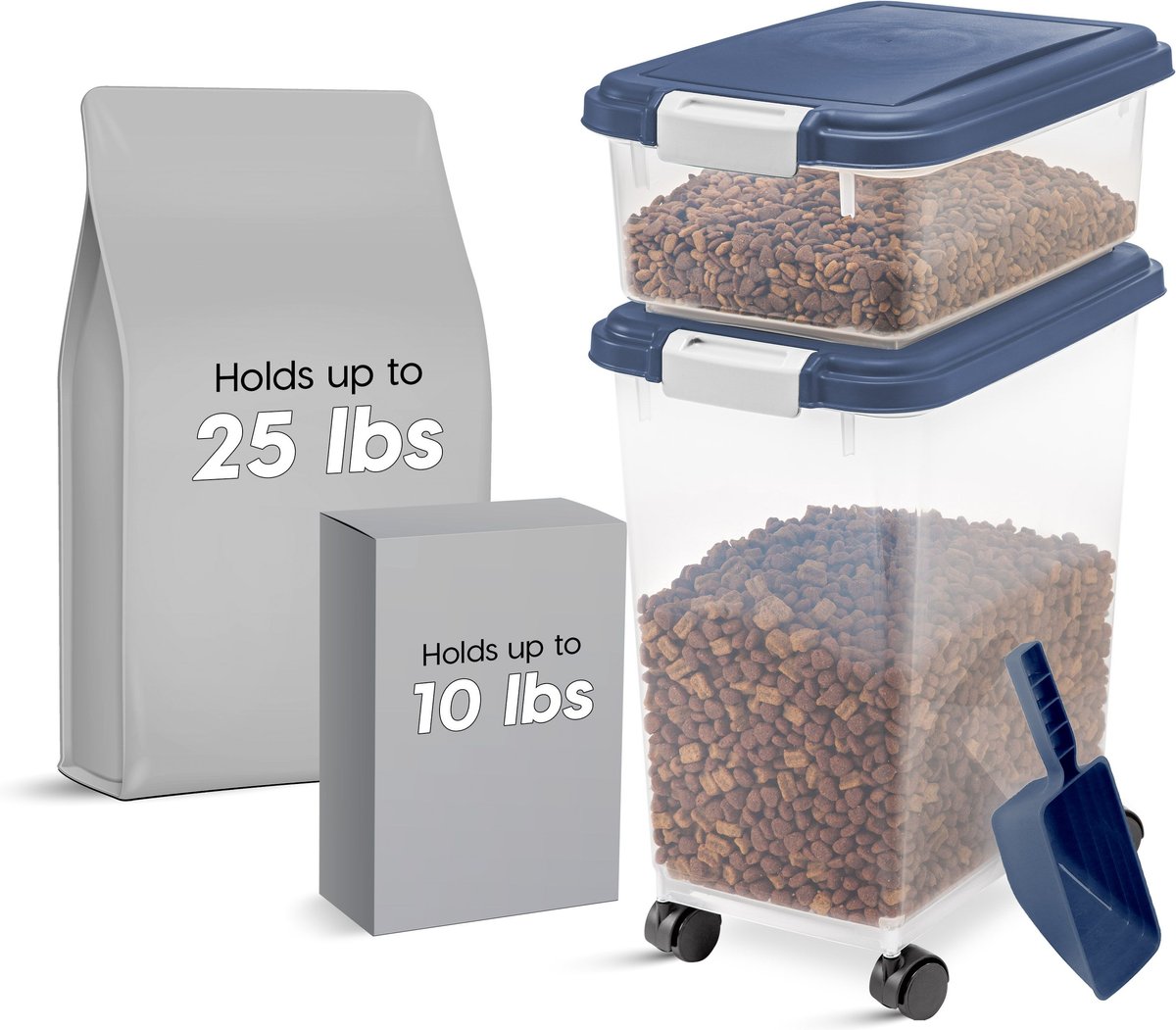
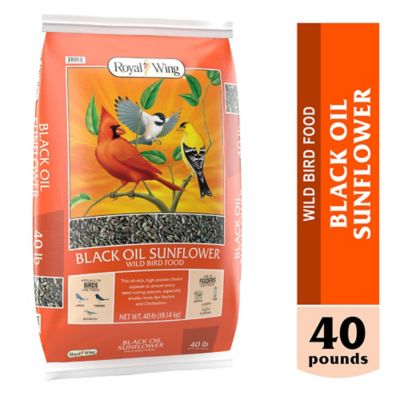
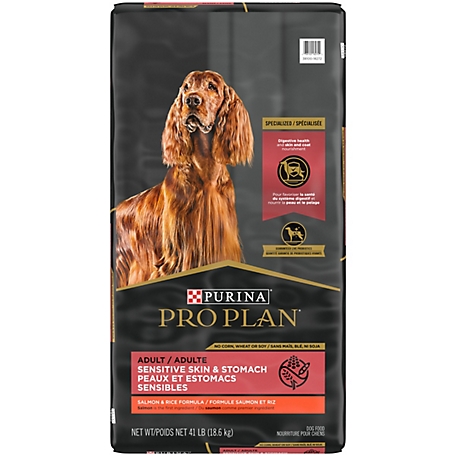
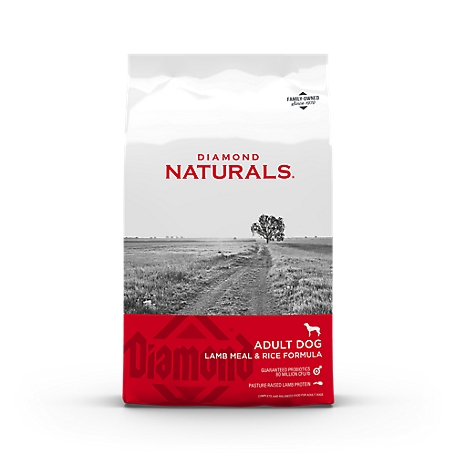
by Chris
Yes, I recommend this product.